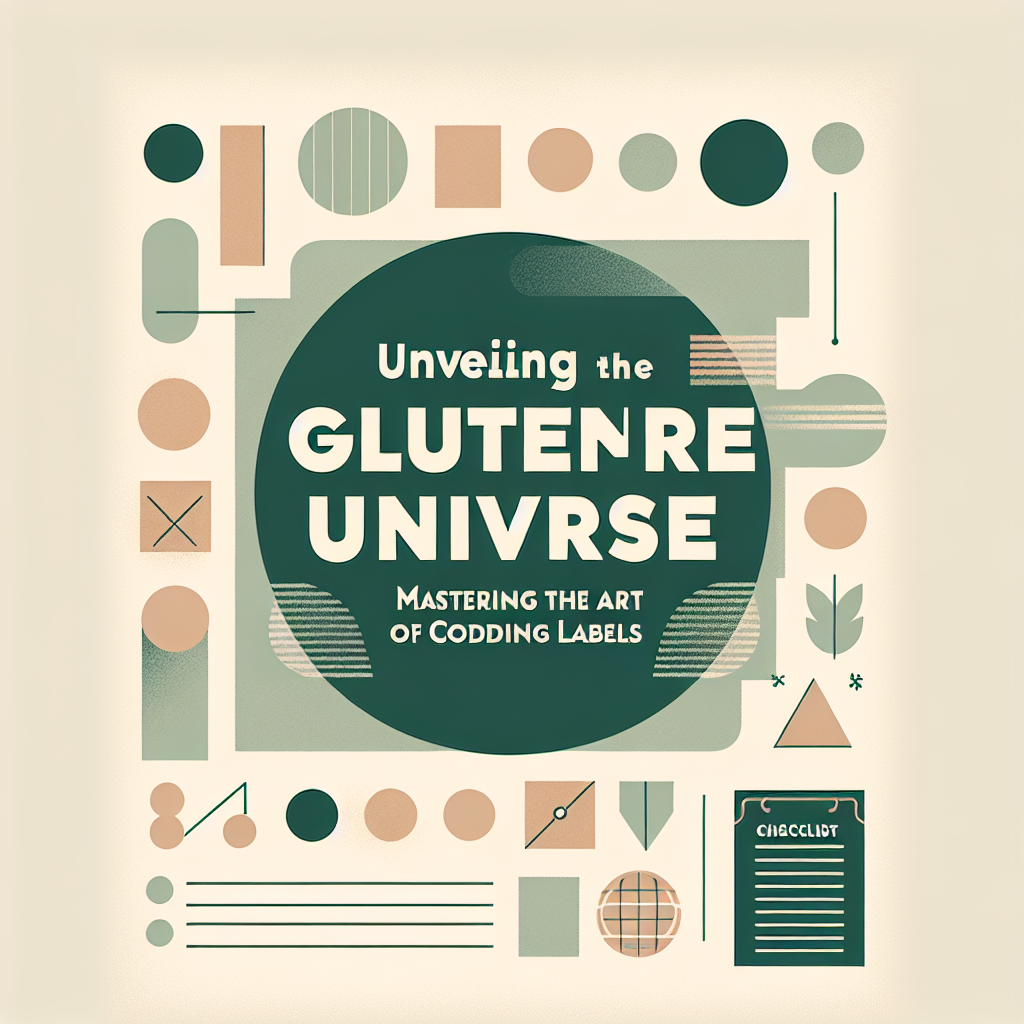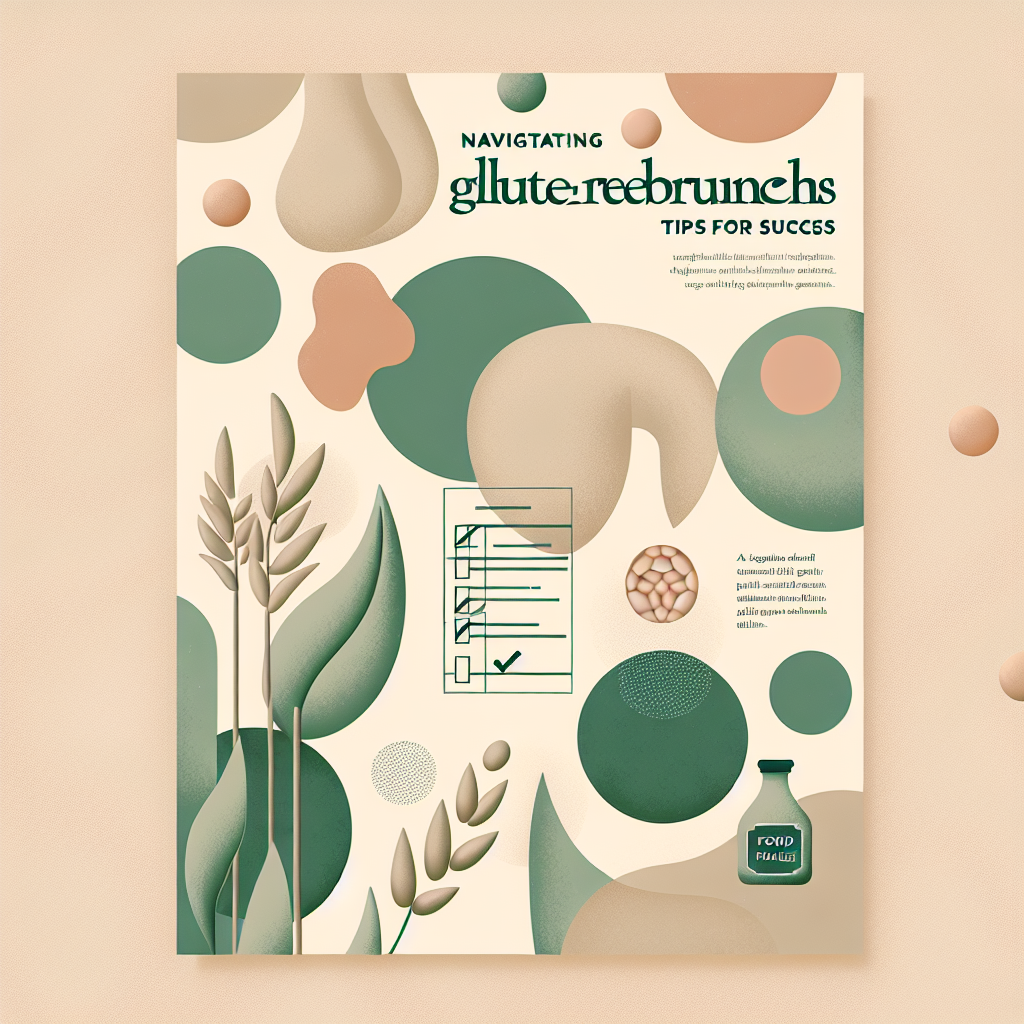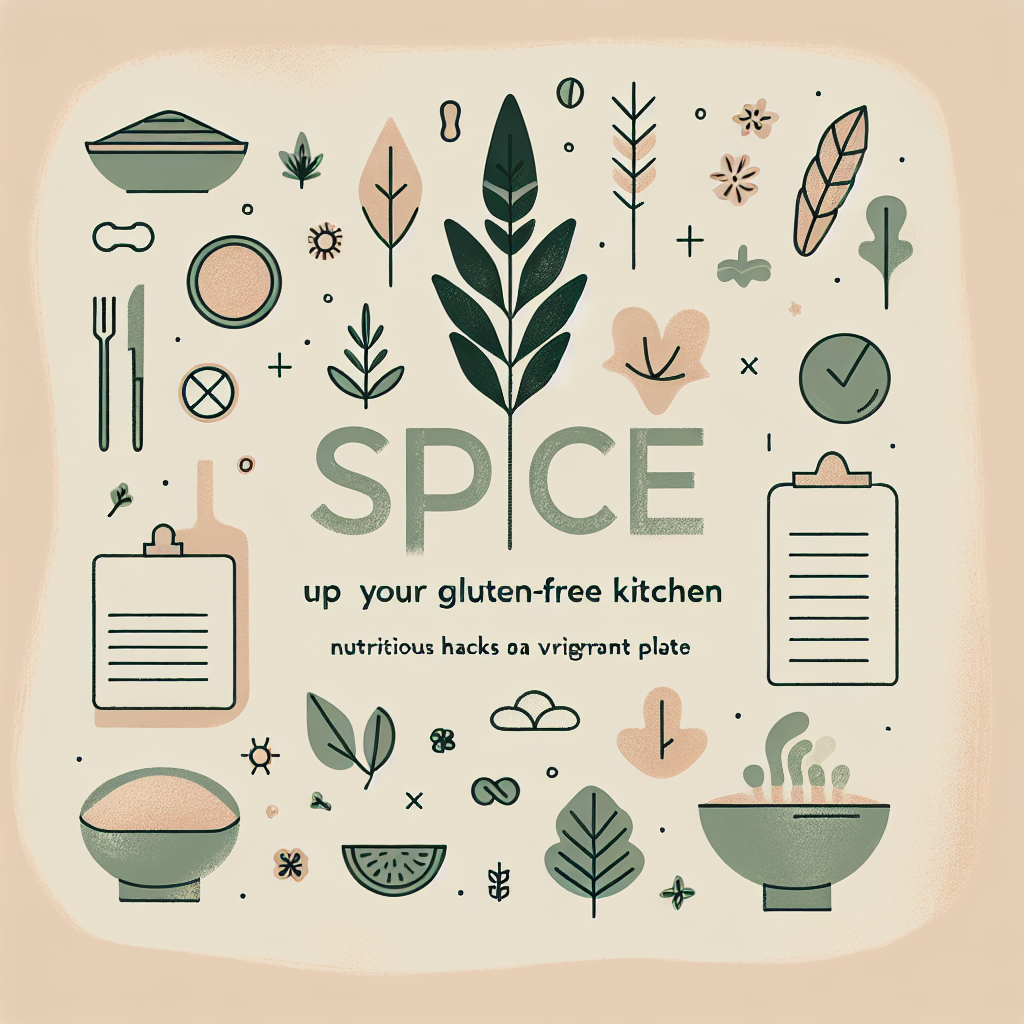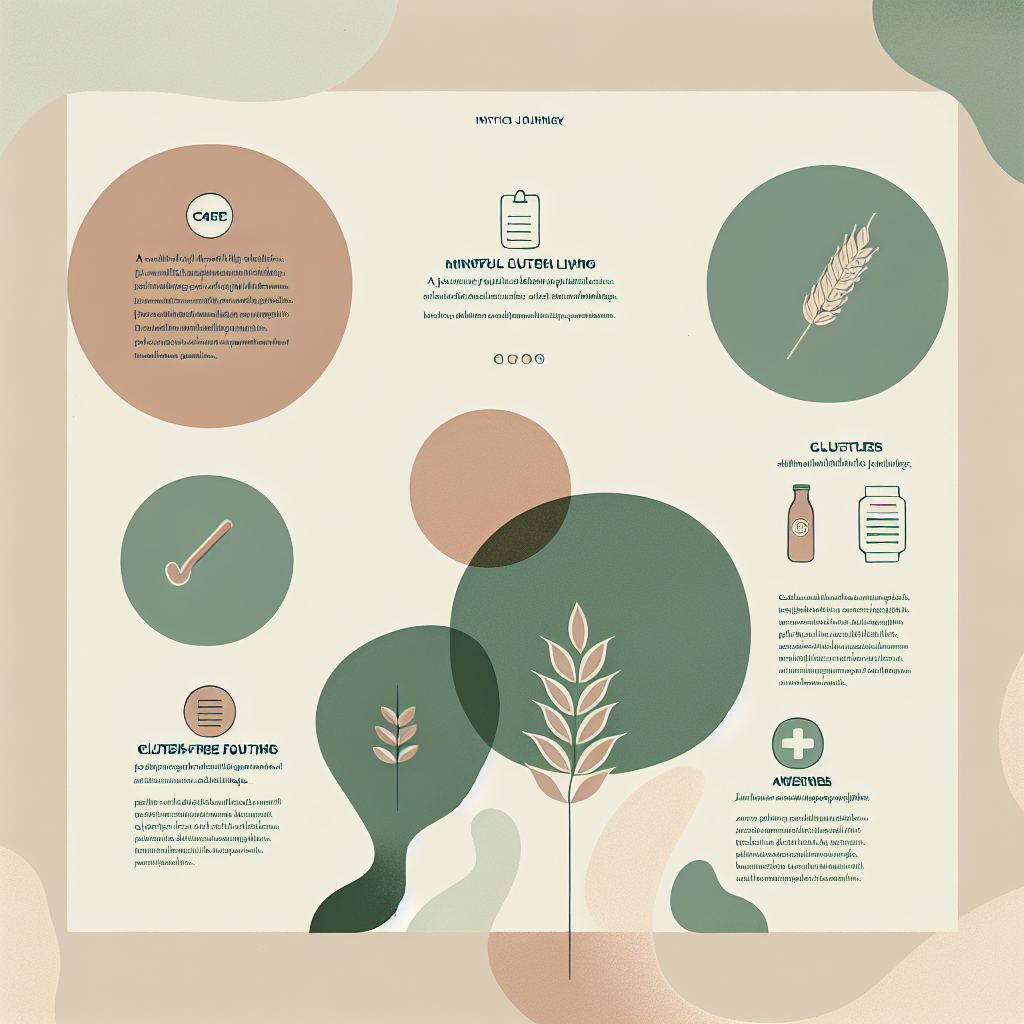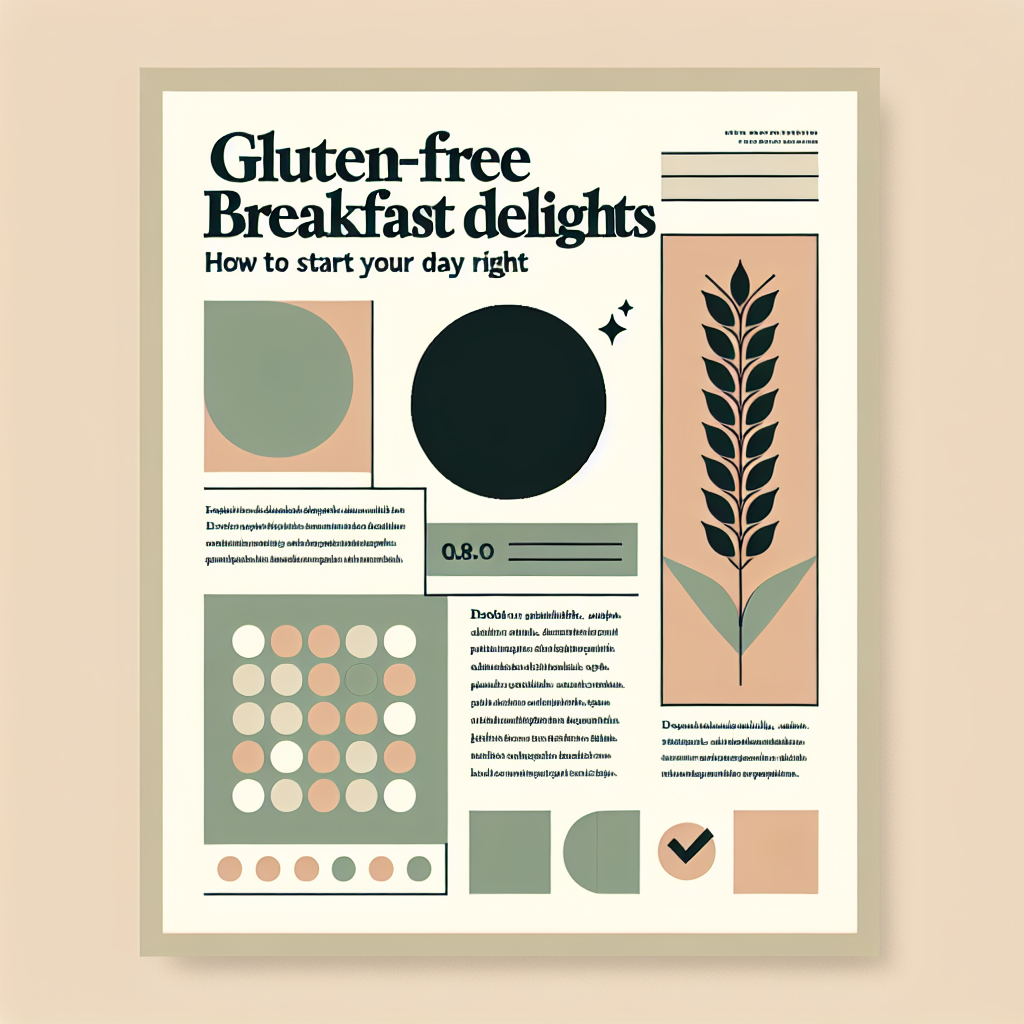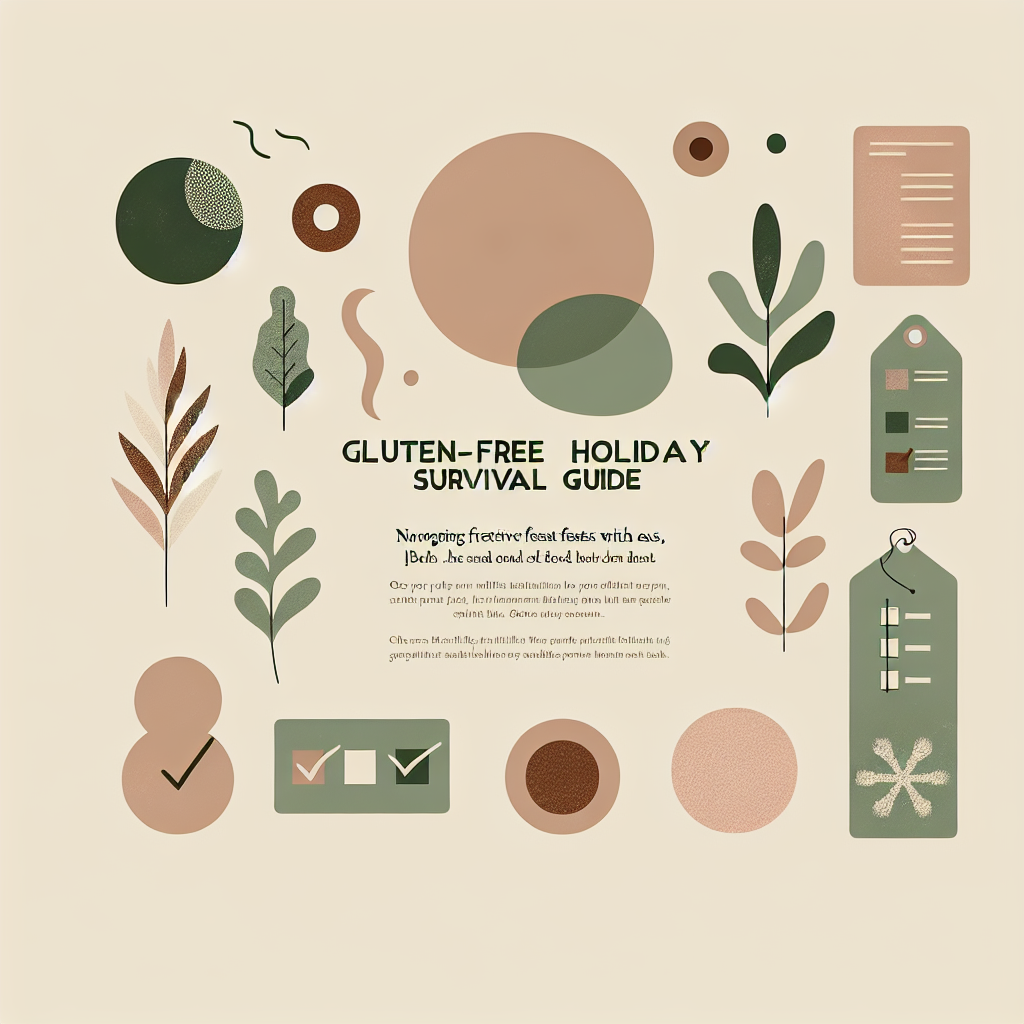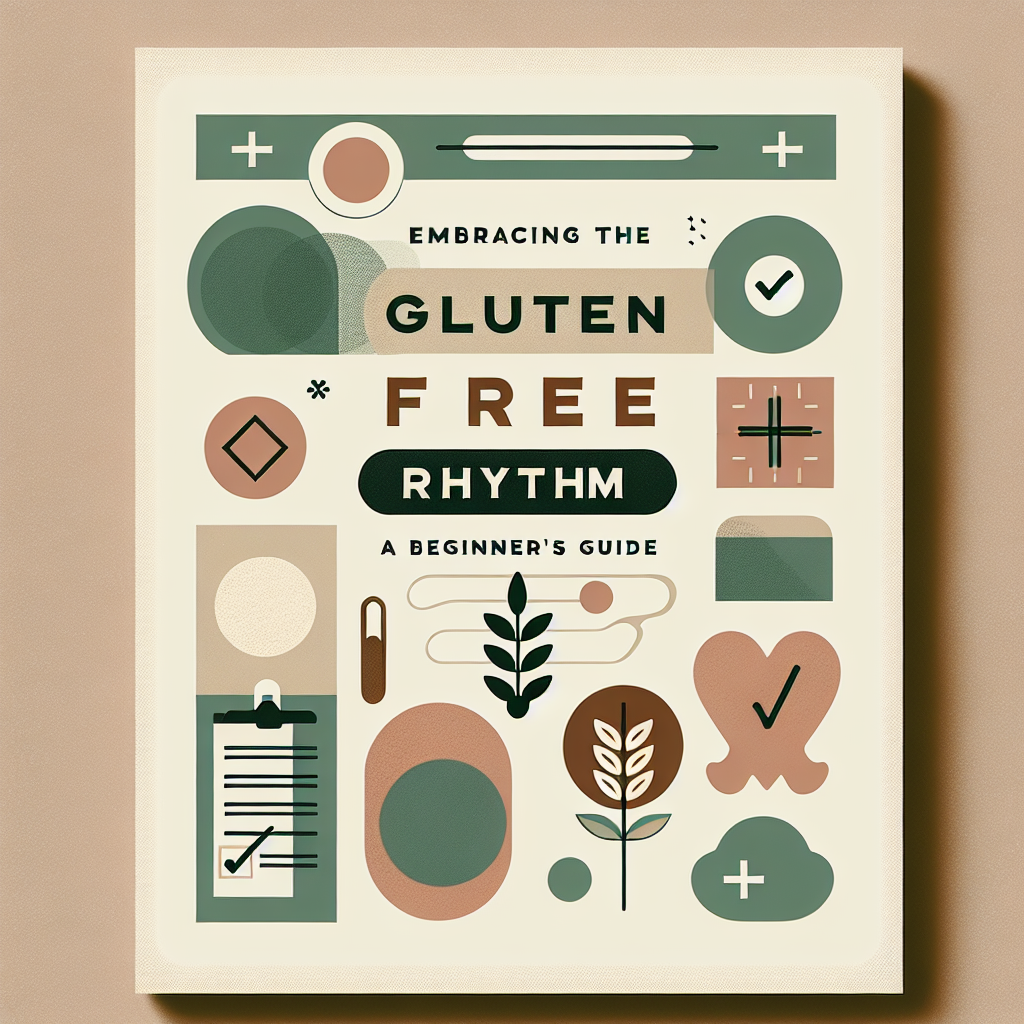Urban Gardening: Cultivating Gluten-Free Goodness
Gardening in the sunshine, hearing the chirping of the birds, and feeling the cool breeze on your face—such a treat to the senses, isn’t it? Now, imagine harvesting your own healthy, gluten-free produce from this same patch of nature. It may seem a bit far-fetched, especially for those of you living in apartments or homes without a backyard. But today, we’re going to explore the fabulous world of urban gardening and how it can help your gluten-free lifestyle bloom. I’ve often heard from our amazing community about the struggle to find fresh, gluten-free produce, especially in urban environments. Yes, there are farmers markets and specialty stores, but sometimes, they can be quite heavy on the budget and time. Or perhaps you’ve thought of trying your hand at gardening, but the word ‘urban’ in front of ‘gardening’ is a deterrent. After all, where will you find space in the city? Fear not, because urban gardening is not only possible, it can be extremely rewarding—and not just for the vegetables. Gardening has been shown to soothe the mind, reduce stress, and increase a sense of well-being. Plus, it complements our gluten-free lifestyle so well. Remember our past blogs on the powerful mind-body connection in health & wellness and how eating gluten-free affects the entire body? Essentially, urban gardening is about using the space you have. No yard? No problem. You can use pots, hanging baskets, trellises, or even vertical wall gardens. Heck, you can even use an old shoe, if that tickles your fancy! Let’s dive into some of the basics of kickstarting your urban garden. First things first, start small. If you’re new to gardening, the prospect might feel daunting. But remember, we’re growing a garden, not reinventing the wheel. Test the waters with a few plants like lettuce, spinach, or herbs like basil, oregano, and cilantro. They’re pretty forgiving and don’t need a lot of space to grow. Next, a bit about ‘location, location, location’. Mostly, your plants need ample light. Some need more than others, but as a guideline, choose a spot with at least 6 hours of sunlight. Can’t find a suitable spot? Don’t worry, there are plenty of shade-loving vegetables and herbs out there like chard, kale, and mint. Now, let’s talk about your gardening medium. If you’re working with small spaces, containers are your best friends. And for containers, choose a high-quality potting mix that’s light, well-draining, and enriched with compost or other organic matter. This creates the perfect little home for your plants to draw nutrients from, while also providing them with enough space to stretch their roots. Alright, you’ve got your plants, you’ve got your space, and you’ve got your potting mix. What’s next? Watering! Overwatering and underwatering are the two most common pitfalls for beginner gardeners. Most plants prefer a moist, but not soggy, environment. Try to mimic nature – in nature, there’s often a heavy dew in the morning, so try watering your plants early in the day. Lastly, patience is key. Watching your first seedlings sprout is exhilarating, but remember, plants grow at their own pace and in their own time. The joy derived from seeing your plants come to life makes the entire process absolutely worth it, and it’s a great lesson in patience! Once you get the hang of things, you can start exploring the world of gluten-free crops. Quinoa and buckwheat, for instance, are two excellent crops for those living a gluten-free lifestyle. Interestingly, buckwheat isn’t even a grain but a pseudocereal, something we discussed in our grain versus pseudocereal blog. Then, there are amaranth and millets, both of which can be grown in containers. If you have more space, consider planting chickpeas or lentils, other gluten-free favorites. Combining urban gardening with your gluten-free journey is a fantastic way to reconnect with nature, enjoy the rewards of homegrown food, manage your budget, and maintain your health. Look, going green couldn’t be more fun (or more delicious!). Remember, everyone’s garden will be different. And each journey, just like each garden, will have its high and low seasons. But as you continue, not only will your garden flourish, your confidence as an urban gardener will grow. Here’s wishing all the budding urban gardeners out there good luck with their green thumb endeavors! **Category: Lifestyle & Social**



